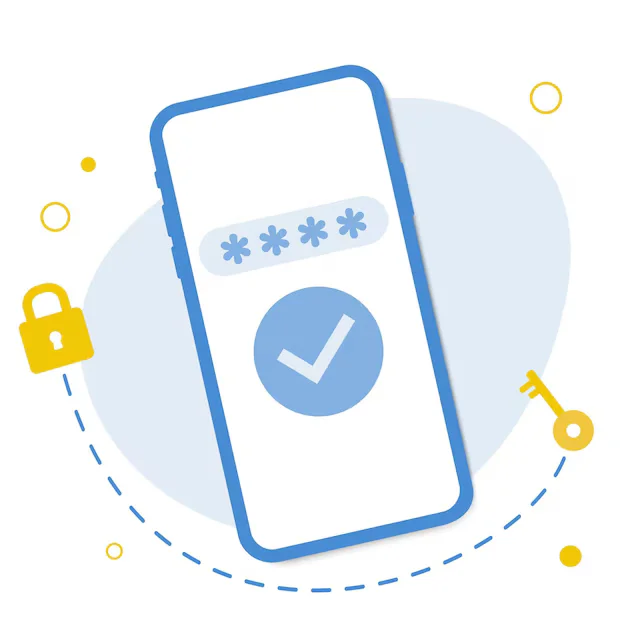Flutter Web vs Native: Pros, Cons, and Real-World Use Cases
Flutter Web vs Native: Pros, Cons, and Real-World Use Cases

Flutter Web and Native both offer unique advantages and disadvantages. Flutter Web allows for code sharing between web and mobile, enabling rapid development and consistent UI across platforms. However, it can have performance limitations compared to native web development, especially in areas like scrolling and specific web functionalities. Native development, while offering optimal performance and access to platform-specific features, requires separate codebases for different platforms, increasing development time and cost.
Flutter Web:
Pros:
- Code sharing: Share code between web and mobile applications, reducing development effort.
- Rapid development: Faster development cycles due to a single codebase.
- Consistent UI: Flutter’s widget-based UI allows for a uniform look and feel across different platforms.
- Innovation: Offers features like PWA support, embedded elements, and library support.
- Portability: Build apps for iOS, Android, and the web from the same codebase.
- Productivity: Flutter’s hot reload feature allows for faster development and debugging.
Cons:
-
Performance:
May not match the performance of native web development, particularly in areas like scrolling and specific web features.
-
Web-specific features:
May require separate handling code for some web functionality like websockets or handling files.
-
Database limitations:
Some web functionalities, like specific database features, might be limited.
-
App size:
Flutter apps can be larger than native apps due to the need to include the Flutter framework.
Native (iOS and Android):
Pros:
- Optimal performance: Delivers the best possible performance and responsiveness.
- Access to platform-specific features: Full access to native APIs and hardware capabilities.
- Native look and feel: Ensures the app adheres to platform-specific design guidelines.
- Mature ecosystem: Extensive library support and a large pool of experienced developers.
Cons:
- Separate codebases: Requires separate development efforts for iOS and Android, increasing time and cost.
- Steeper learning curve: May require more time to learn and master the specific platform technologies.
- Development speed: Slower development cycles compared to Flutter.
- Cost: Can be more expensive due to the need for separate development teams.
Flutter Web:
-
Progressive Web Apps (PWAs):
Flutter Web is well-suited for building PWAs that can be accessed through web browsers and installed on devices.
-
Dashboards and Admin Panels:
Flutter’s UI capabilities and code-sharing features make it a good choice for building web-based dashboards and admin panels.
-
Internal Tools:
Flutter Web can be used to create internal tools for businesses, sharing code with mobile apps for employees.
Native (iOS and Android):
-
High-performance games:
Native development offers better performance for 3D or AR-based experiences.
-
Apps requiring complex integrations:
Native is preferred for apps requiring deep integration with device hardware or OS features.
-
Apps prioritizing native look and feel:
For apps strictly adhering to platform-specific design guidelines, native development is a better choice.



